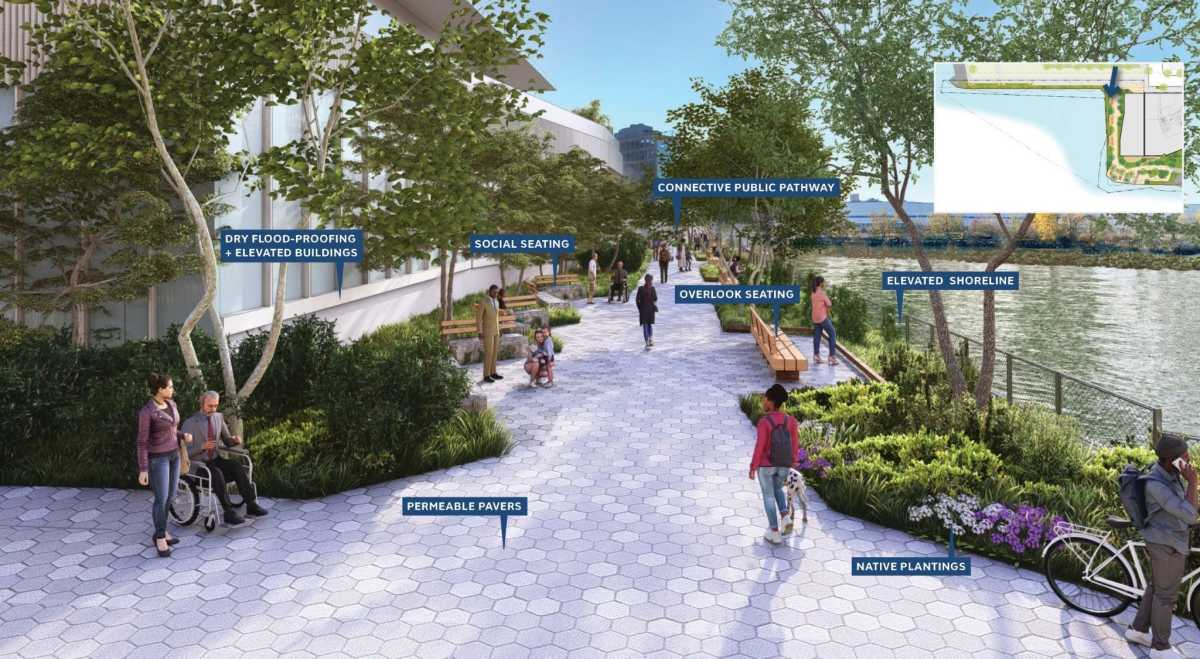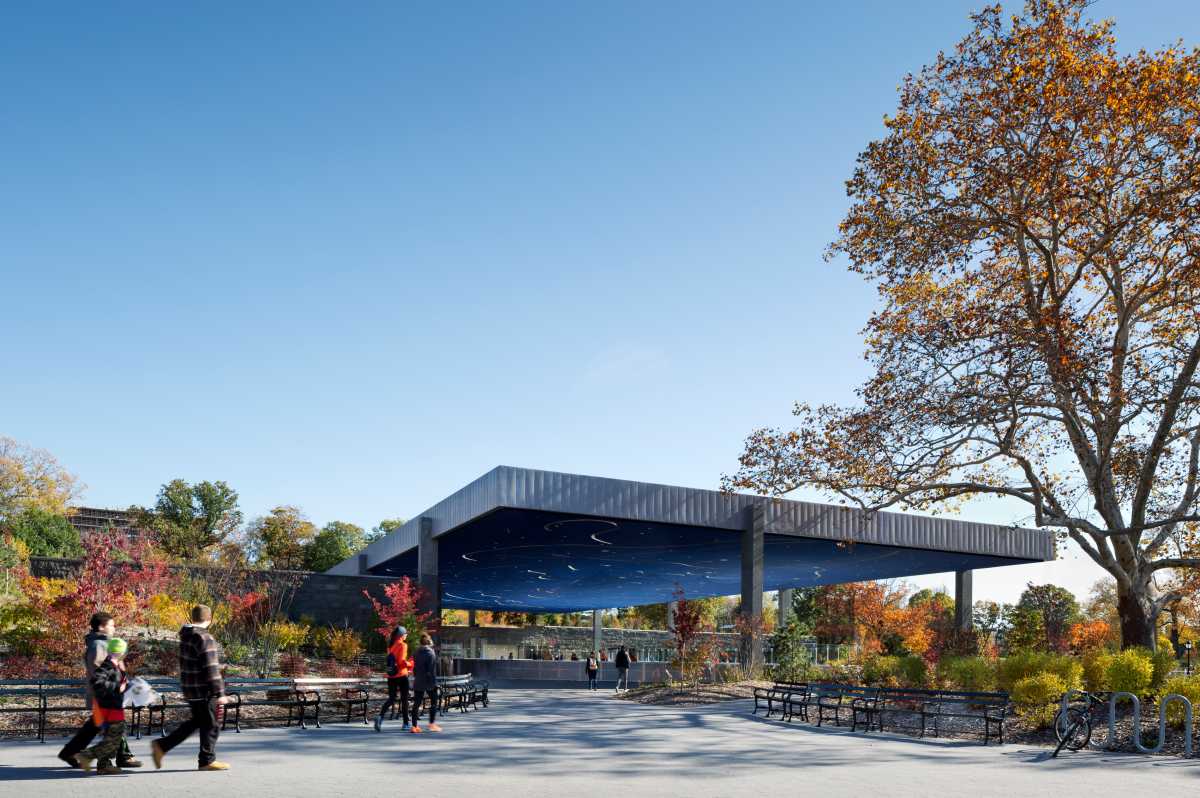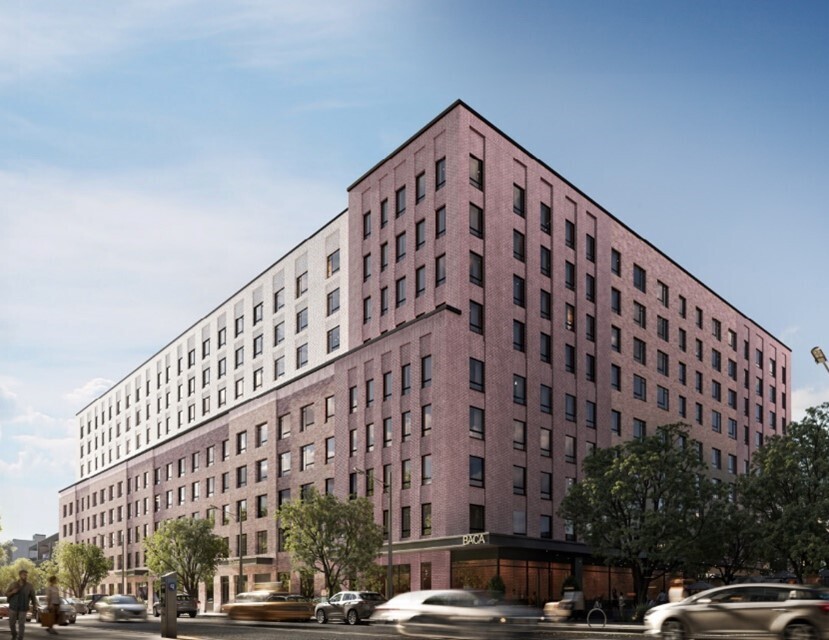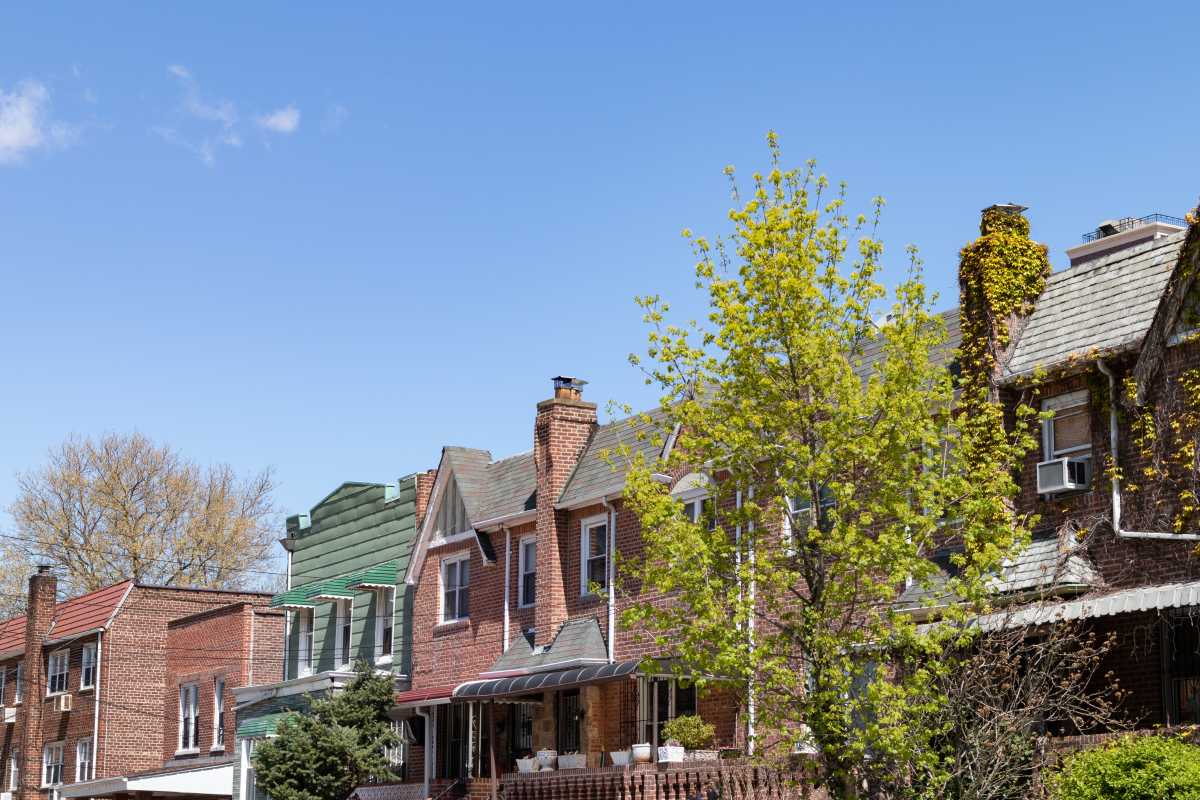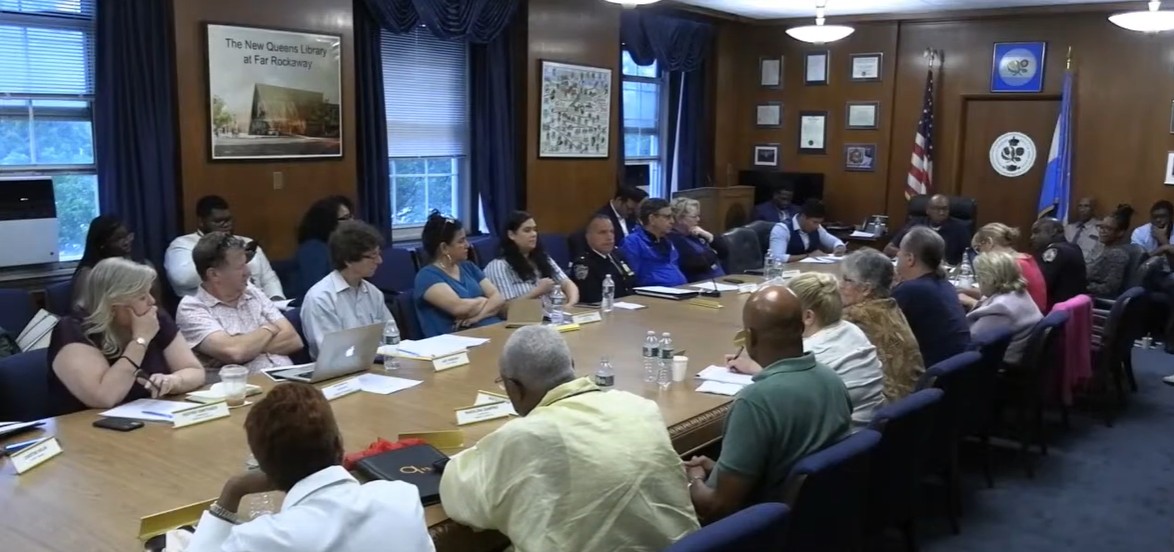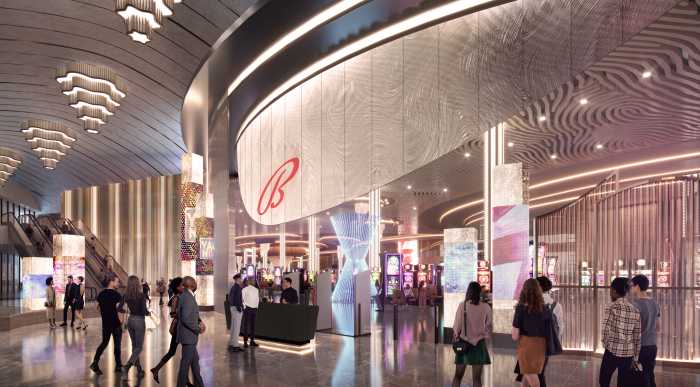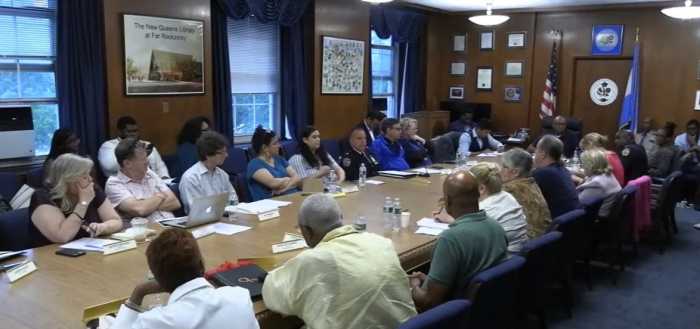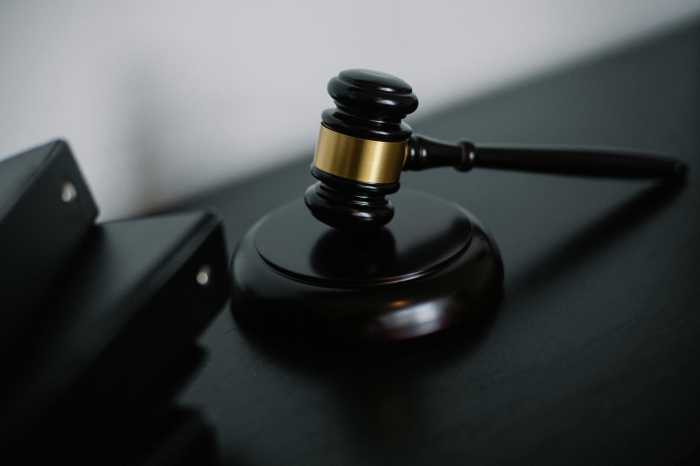
BY JACKSON CHEN | With its first public scoping meeting scheduled for April 6 –– as Manhattan Express is going to press –– the American Museum of Natural History is, at last, formally entering the extensive review process for its proposed expansion.
Its plans for creating the Richard Gilder Center for Science, Education and Innovation, which would involve encroaching on the Theodore Roosevelt Park that surrounds the museum between 77th and 81st Streets and Central Park West and Columbus Avenue, has already sparked months of disputes with park preservationists. When the museum released its conceptual plans for the expansion in November, it showed that 20 percent of the new construction –– at the Gilder Center’s Columbus Avenue entrance –– would take place on parkland.
As the museum works to engage as many of its critics as possible in finding common ground for moving forward with the project while mitigating its impact on the surrounding park, its plans are making the rounds of city agencies whose approvals are necessary.
The city’s Department of Parks and Recreation, which is the lead oversight agency on the project and will helm the scoping meeting, has publicly released several documents, including a positive declaration that “determined that the proposed project may have a significant impact on the quality of the human environment.”
Yet, even as the museum’s initial steps with public agencies seem sure-footed, a third citizens’ group has arisen in opposition –– the Alliance to Protect Theodore Roosevelt Park. That group hosted an inaugural town hall meeting on March 30 with several guest speakers.
According to Seth Kaufman, the group’s secretary treasurer, the town hall was intended to introduce the new opposition effort while raising morale within the community of park preservationists.
“We firmly believe there’s more than enough space on the existing site for them to accommodate any educational center they want,” Kaufman said of the museum’s expansion plans.
He added that the Alliance will focus on community outreach, pressuring local elected officials, and pursuing legal avenues for challenging the expansion.

According to Michael S. Hiller, a zoning and environmental litigation attorney who spoke to the new group, there are several aspects of the museum’s proposal that could pose significant hurdles during the environmental review process.
“The proposed museum plan threatens to create an assortment of severe, adverse, and potentially disastrous environmental impacts,” Hiller said.
He explained that among a long list of concerns about the Gilder Center, there is the loss of green space, the increase in air pollution from greater traffic and congestion around the museum, and severe shadow impacts over open park space that the Gilder Center would create.
The attorney added that the museum should acknowledge the noise impacts from the three years of construction, the damage to the park’s natural resources in the form of trees, and the destruction of historical and cultural resources.
“The park has been dedicated to Theodore Roosevelt, the only US president born in New York City,” Hiller said. “I expect the city would make every effort to prevent disfigurement of the only New York City park established in his name, especially given the growing opposition.”
That opposition now includes at least three factions with the formation of the Alliance. Both the Alliance and Community United to Protect Theodore Roosevelt Park, another new entry, seceded from the pioneering park advocacy group, the Defenders of Teddy Roosevelt Park. The Defenders, meanwhile, have recently become members of two working groups –– one focused on the park, the other on transportation issues raised by the expansion –– established by the museum to address conflicting goals and agendas within the wider community.
The working groups were announced on February 29 and explained as vehicles for the museum to understand the different perspectives of affected stakeholders. According to Adrian Smith, the president of the Defenders group, the working groups have met three times already on a biweekly basis.
Based on the environmental documents released to date by the museum, Smith said his group has several concerns, including the plans for replacement trees promised for the park, ongoing funding and maintenance issues, and also an underground delivery driveway, the details of which remain largely unknown.
“We still feel there’s a dearth of information on the underground driveway,” Smith said. “We just feel it needs to be addressed in the environmental impact statement and it’s only tangentially mentioned.”
While the Defenders group now has an inside line by working with the museum on the two working groups, the two other opposition groups are hoping that the public scoping meeting on April 6 will be the venue for them and other community members to influence the museum’s decisions.
Despite the museum’s relative wealth compared to its opponents, Hiller said the opposition is facing a winnable fight.
“While the museum will undoubtedly have the superior resources, that’s true in virtually every land-use and zoning fight,” Hiller said. “All that should matter is whether the opposition is right to oppose the project.”
For details on the April 6 public scoping meeting, visit ManhattanExpressNews.nyc/amnh-scoping on April 7.



